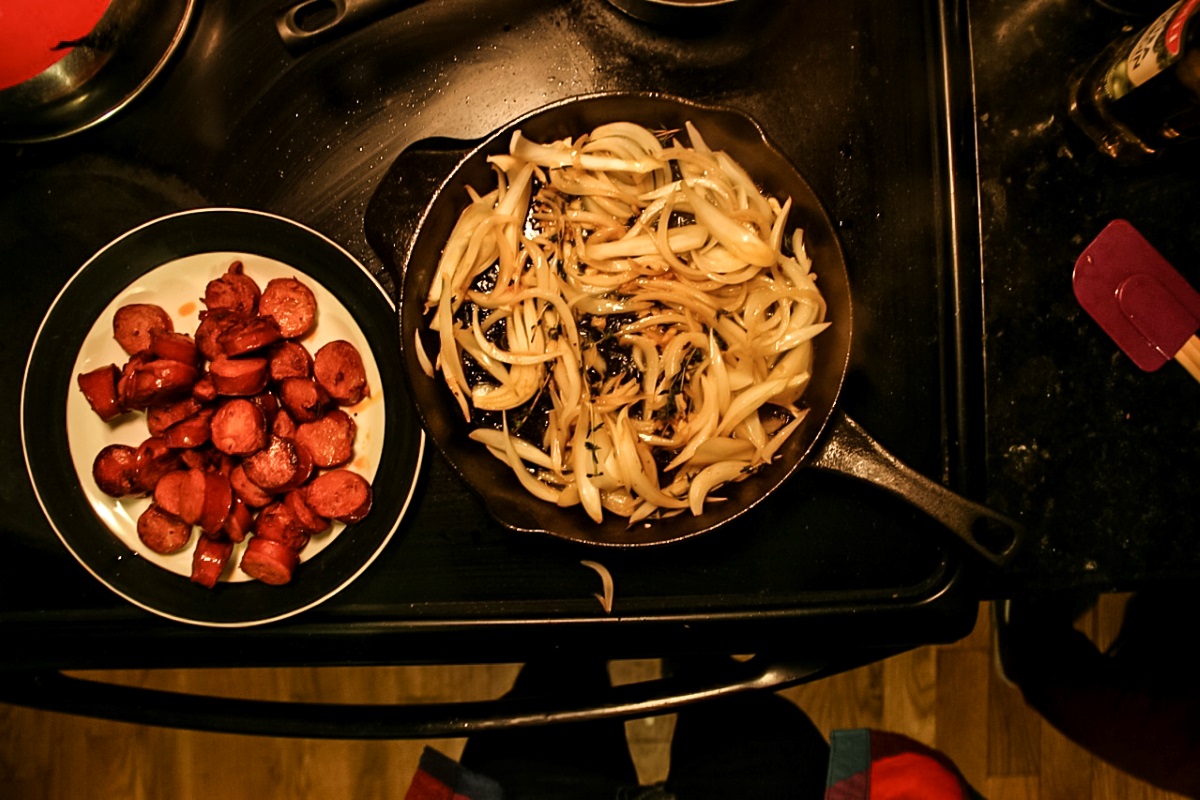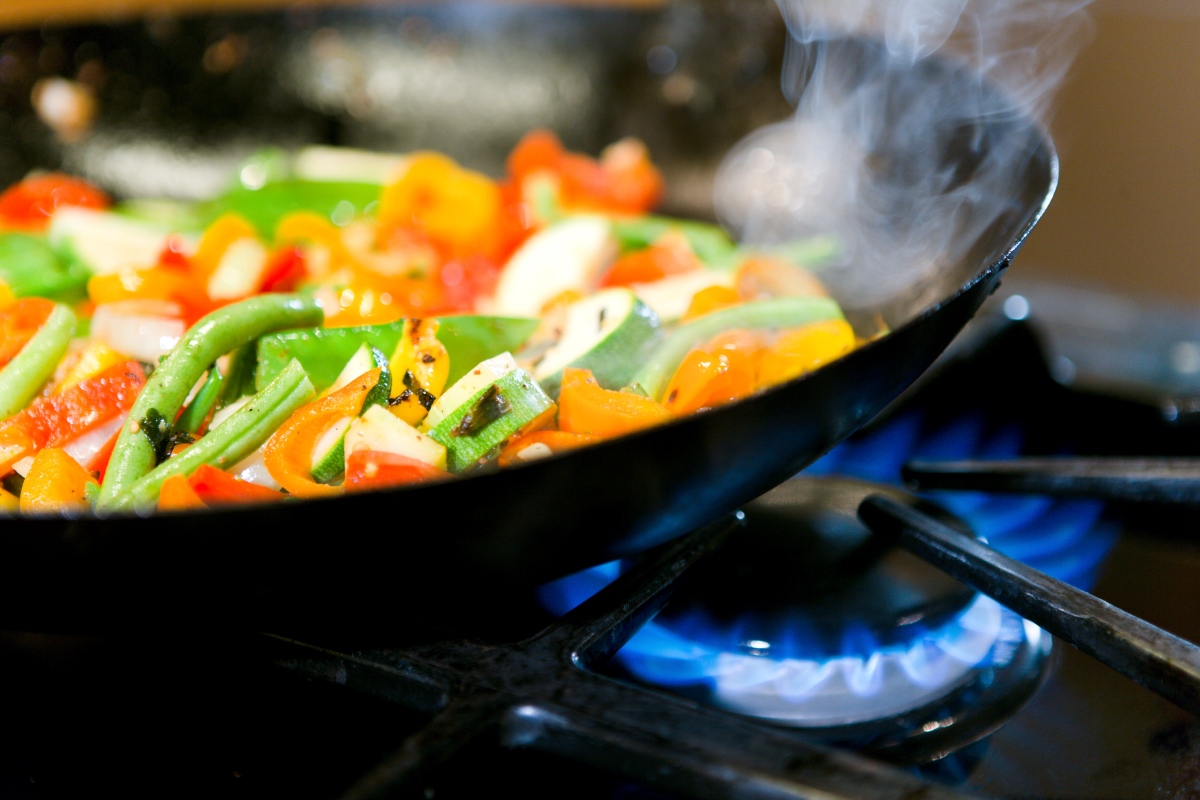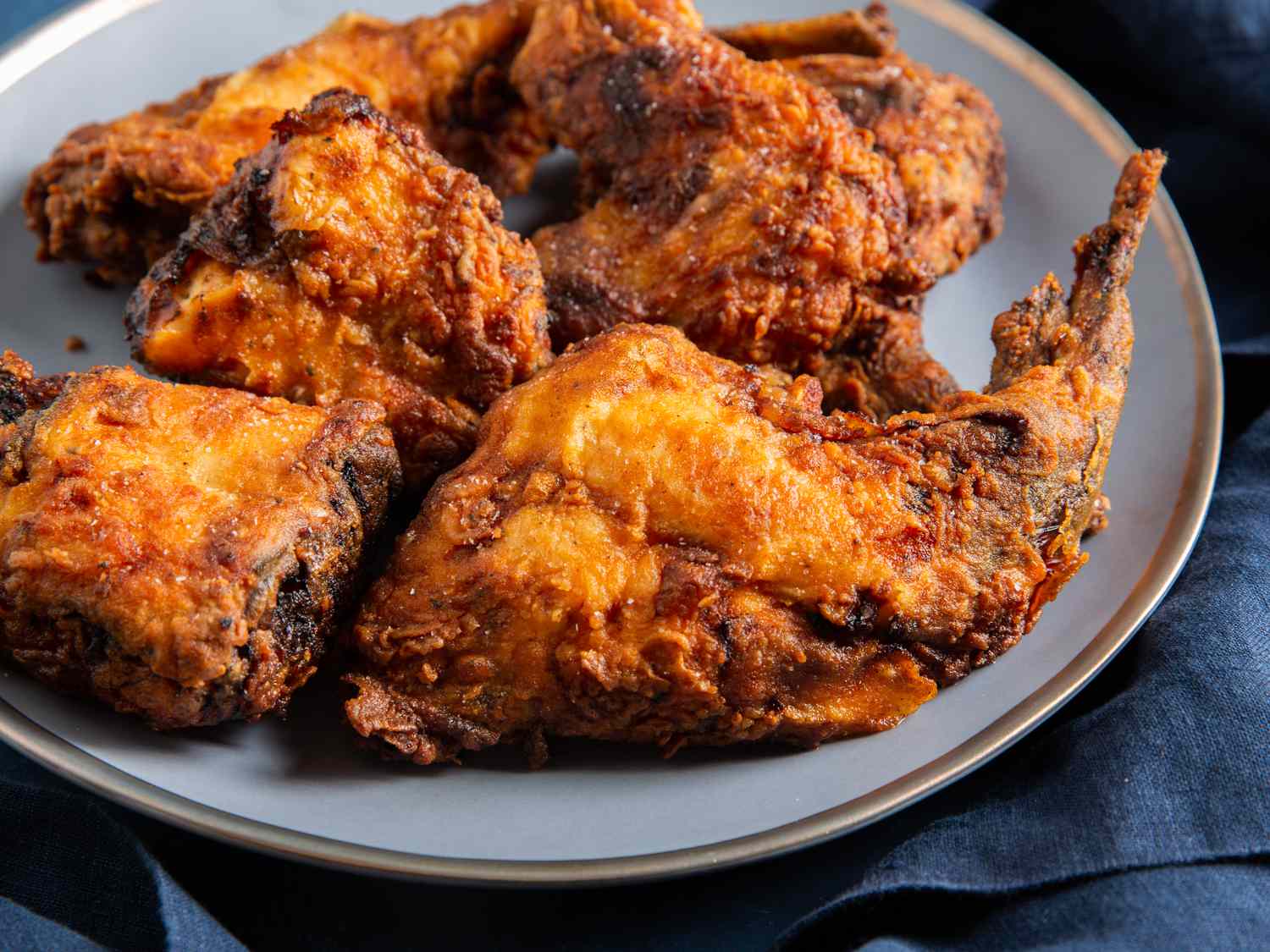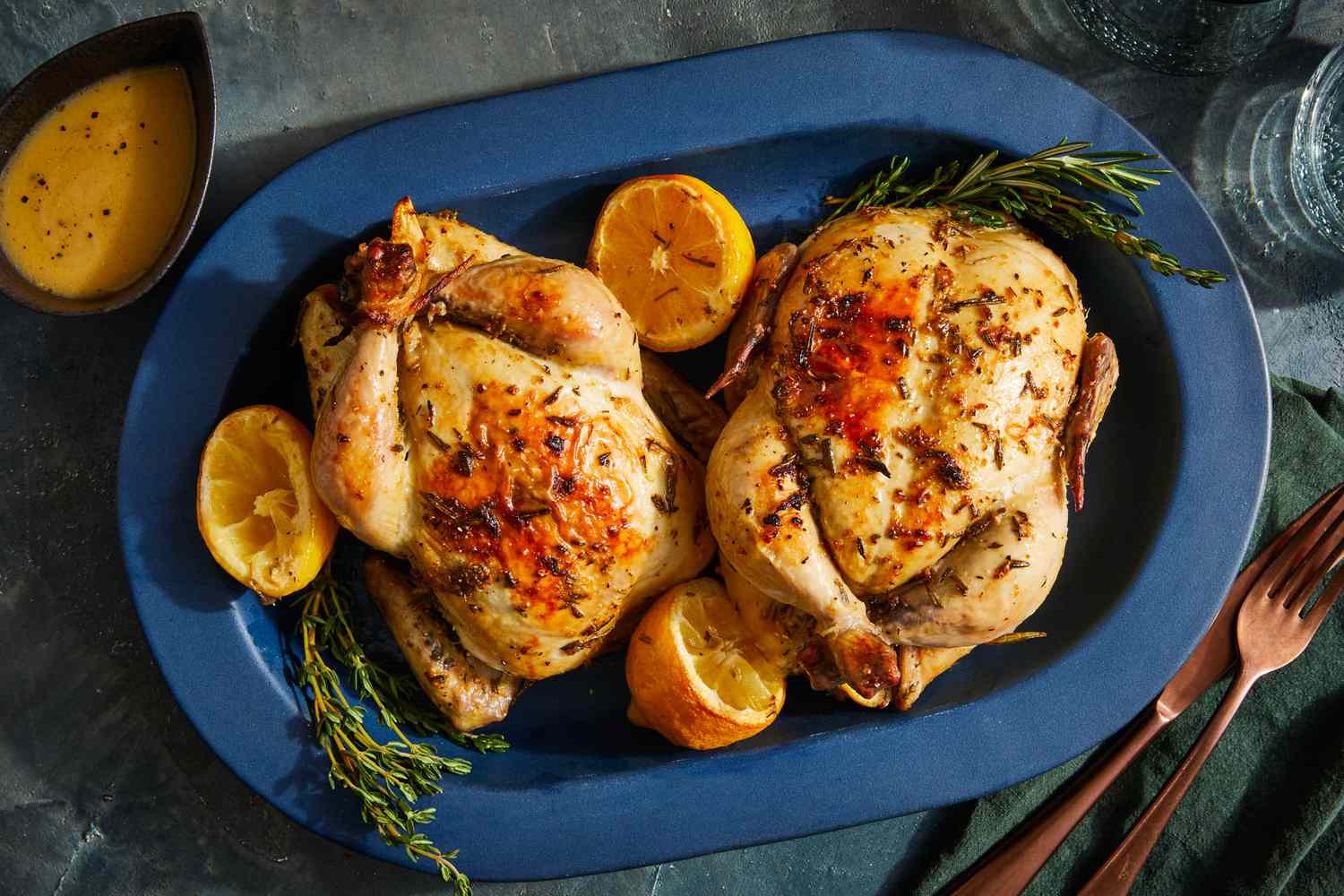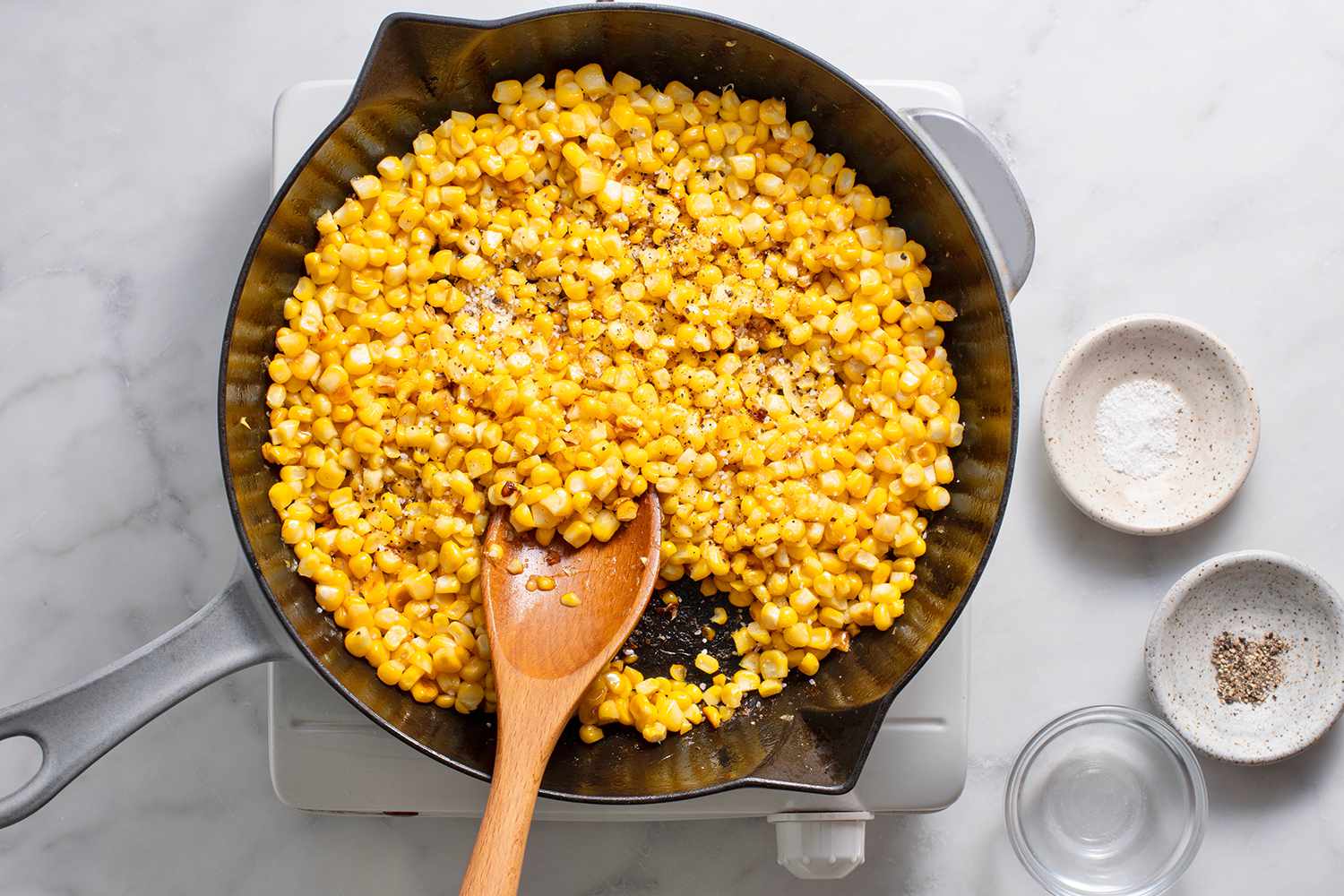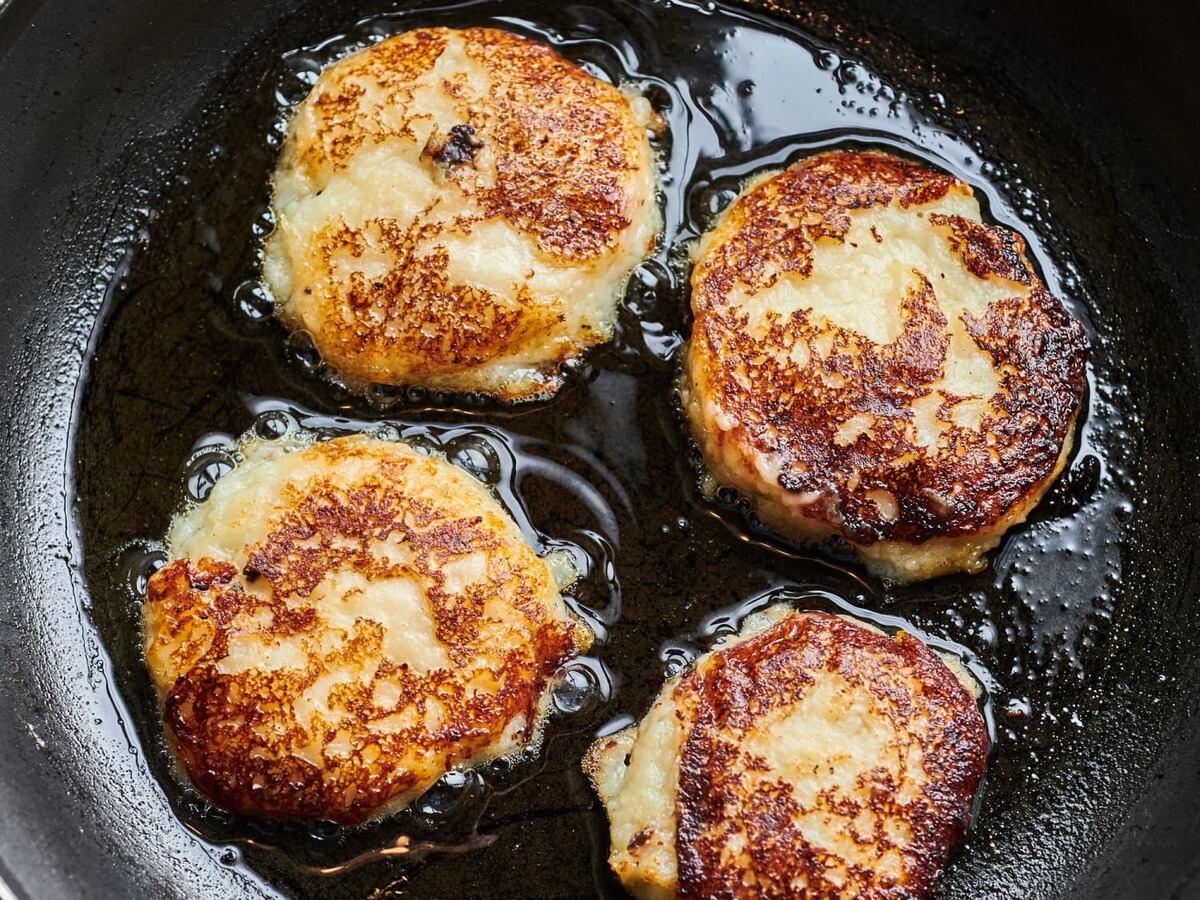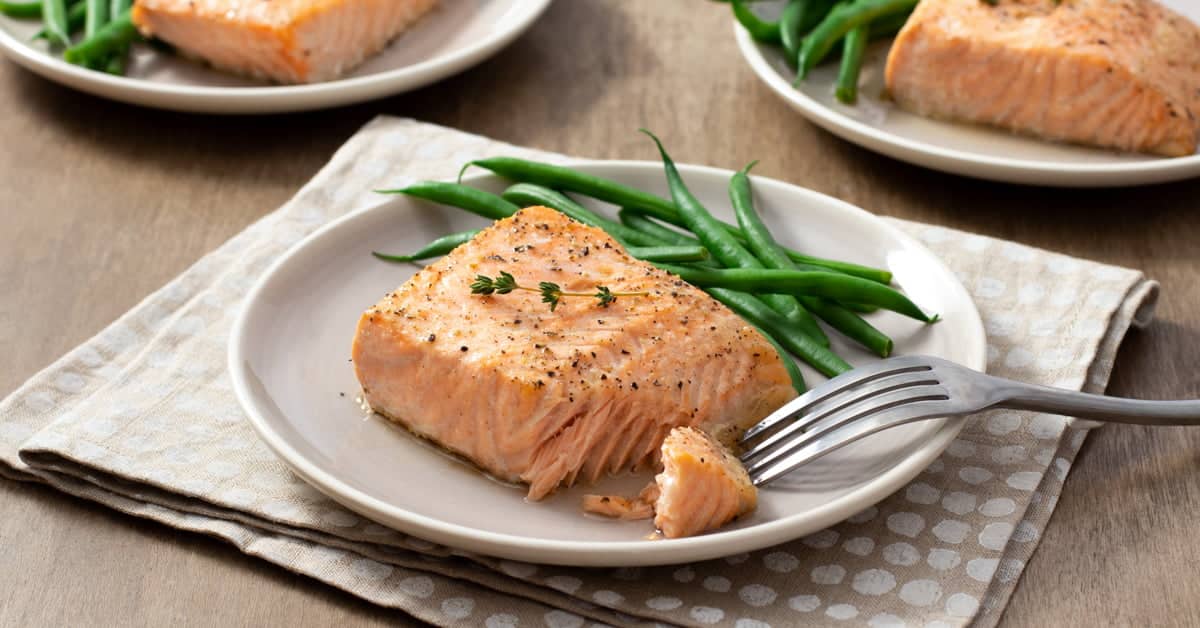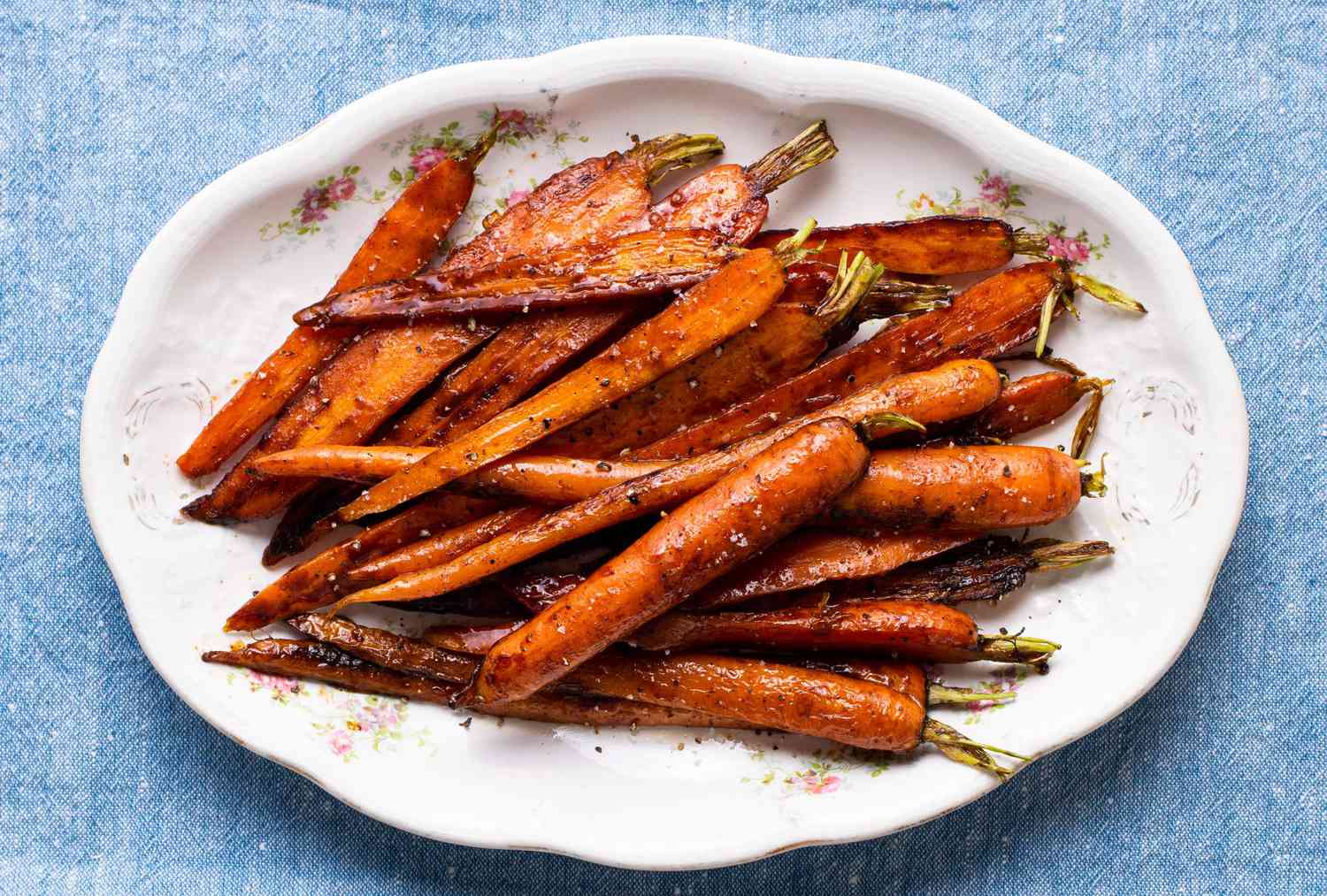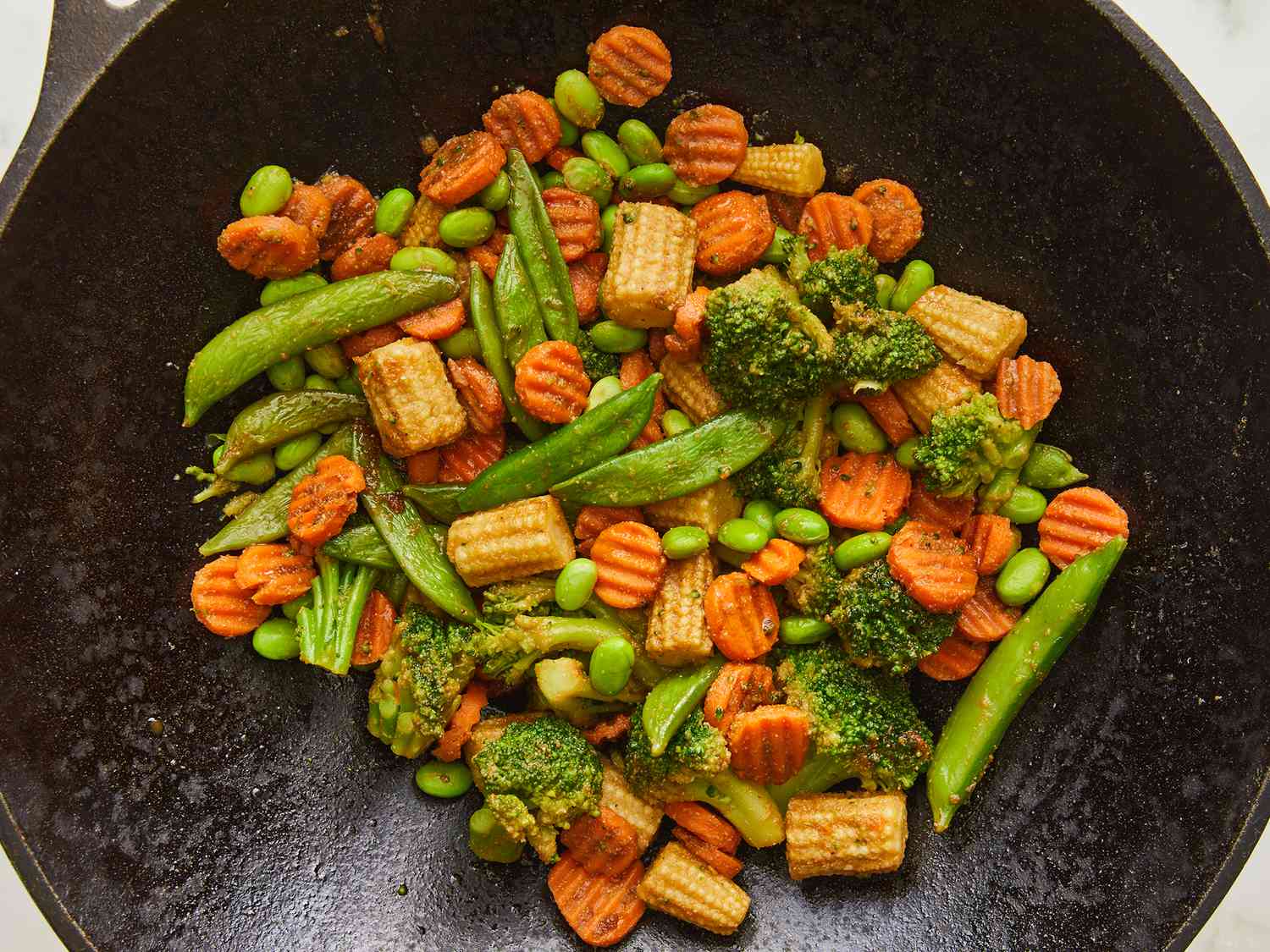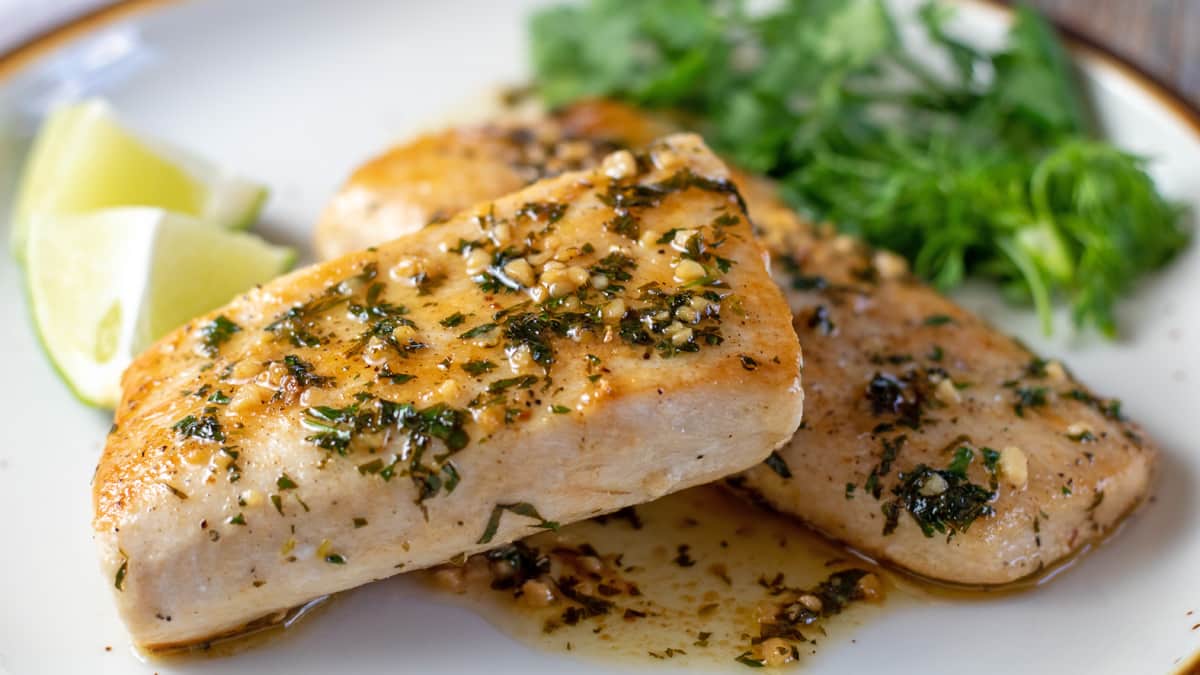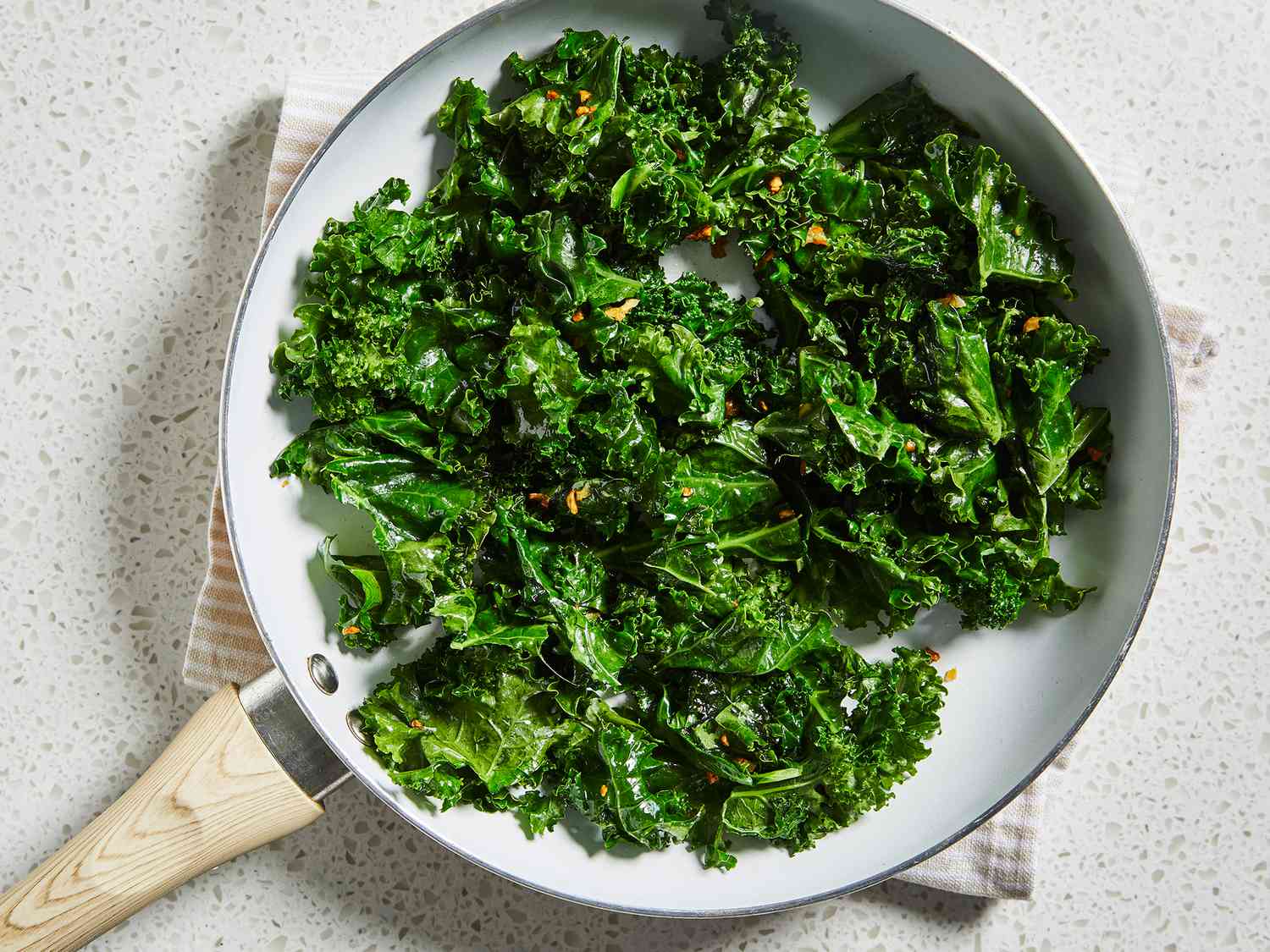How To Fry Bacon
There’s nothing quite like the satisfying sizzle of bacon in the morning. The crispy, savory goodness can turn any breakfast into a mouthwatering experience. If you’re looking to achieve the perfect balance of crispy and chewy bacon, you’ve come to the right place. In this blog post, we’ll guide you through the art of frying bacon to perfection.
Why fry bacon?
Frying bacon is a popular cooking method because it infuses the meat with a deliciously smoky flavor and creates that irresistible crispy texture we all love. Plus, frying allows you to control the level of doneness to suit your taste preferences. Whether you like your bacon extra crispy or slightly chewy, frying gives you the flexibility to achieve the perfect result.
Step by Step Guide
- Choose the right bacon: Look for bacon with a good ratio of fat to meat. Thick-cut bacon tends to be more flavorful and results in a meatier bite.
- Preheat the skillet: Place a large skillet or frying pan over medium heat and let it heat up for a few minutes.
- Arrange the bacon: Lay the bacon slices in a single layer in the skillet, ensuring they don’t overlap. This allows them to cook evenly.
- Monitor the heat: Adjust the heat as needed throughout the cooking process. You want the bacon to sizzle gently but not burn.
- Flip the bacon: Once the bacon starts to curl and the edges turn crispy, use a pair of tongs to flip each slice. This helps to ensure both sides cook evenly.
- Drain excess grease: As the bacon cooks, it will release fat. Use tongs or a slotted spatula to transfer the cooked bacon to a paper towel-lined plate to drain off any excess grease.
- Serve and enjoy: Once the bacon is properly drained, it’s ready to be served. Pair it with your favorite breakfast foods or use it in salads, sandwiches, or as a crunchy topping for soups and stews.
Pro Tips
- For a less greasy result, try baking bacon in the oven. Place the bacon on a wire rack set over a baking sheet and bake at 400°F (200°C) for 15-20 minutes, or until crispy.
- To add a touch of sweetness to your bacon, sprinkle it with a bit of brown sugar or drizzle it with maple syrup before frying.
- Save the bacon grease! It can be used to add extra flavor to other dishes like roasted vegetables or homemade salad dressings.
- Experiment with different flavors by adding spices, such as black pepper, smoked paprika, or chili flakes, to the bacon before frying.
Now that you have mastered the art of frying bacon, get ready to indulge in the deliciousness of perfectly cooked bacon. Whether you’re preparing a hearty breakfast or adding it to your favorite recipes, the crispy, smoky goodness of bacon is sure to delight your taste buds. Enjoy!
Was this page helpful?
Read Next: How To Fry Eggplant
